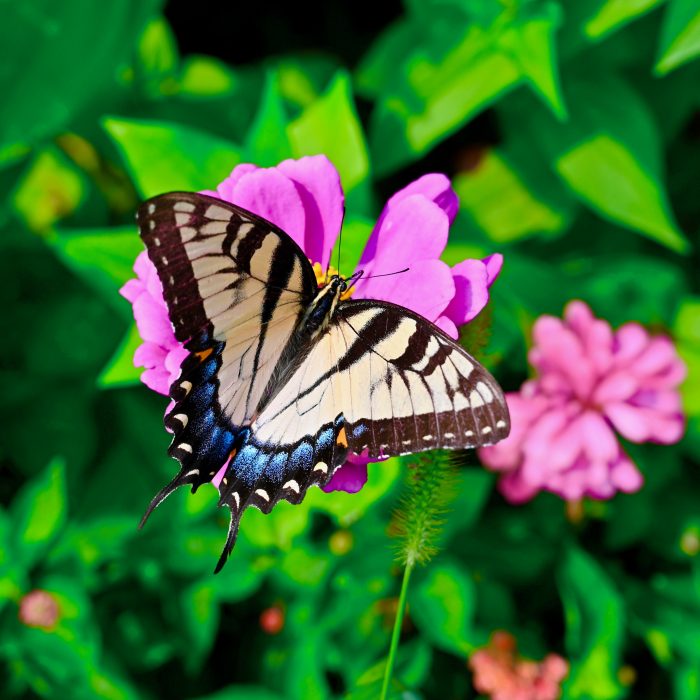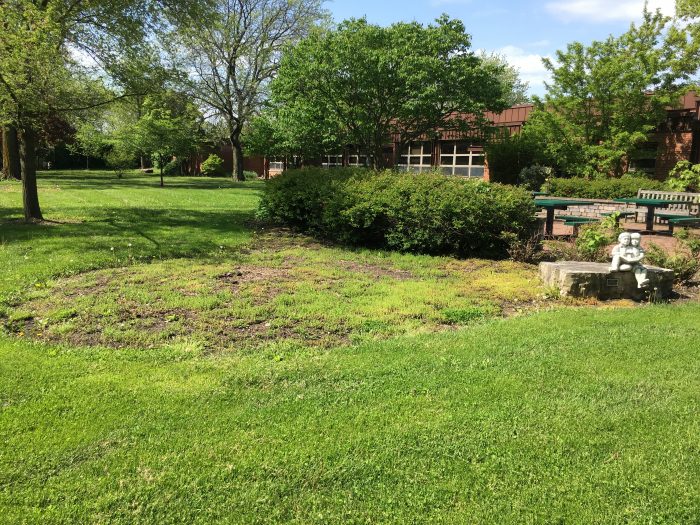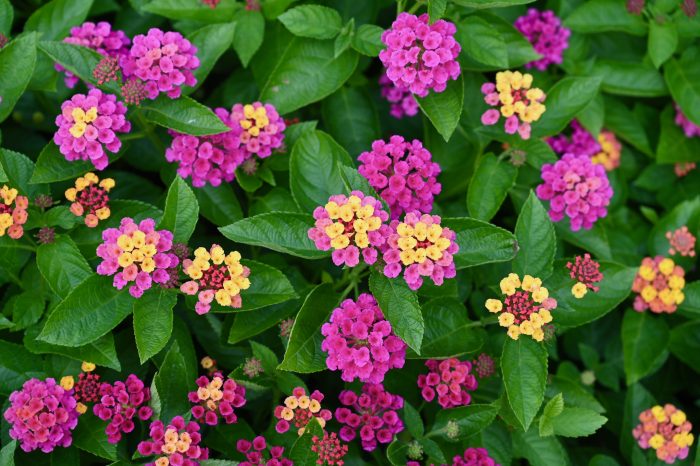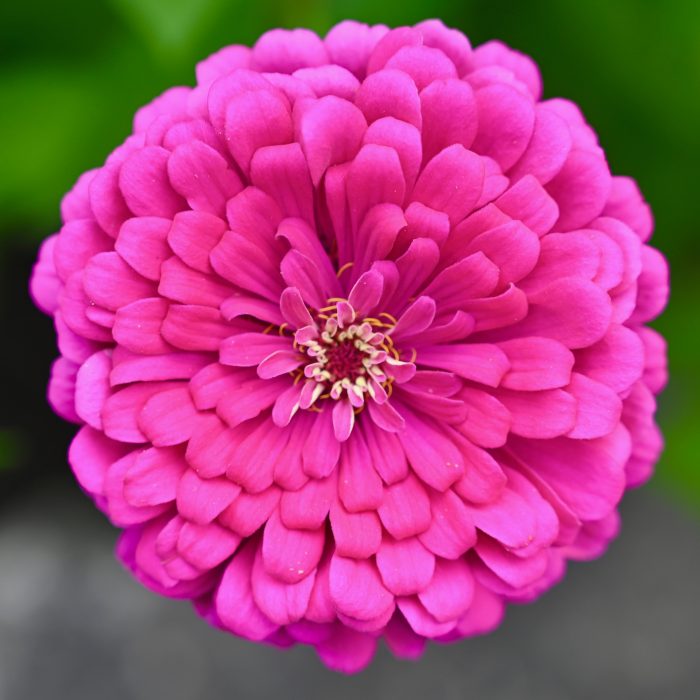“We delight in the beauty of the butterfly, but rarely admit the changes it has gone through to achieve that beauty.”
Maya Angelou
Every morning I would stop as I took my daughters to school and wonder what a small weed covered flowerbed could be with a little love. There had once been blue spruce tree there and a few rose bushes. However, several years ago the old tree became sick and needed to be cut down. Nothing had been planted in its place so that’s when the weeds crept in.
I knew it wasn’t my yard but each time I drove by a part of me longed to give the school something beautiful. A place where children, teachers and parents could gather. A space for children to connect and experience nature’s wonders.
Then last year the PTO decided it would create a new garden and grounds committee. Suddenly as the pandemic hit, the school was using its front lawn more than ever. Classes were meeting and playing out front. So, when the principal was interested in getting a new tree for the front flowerbed, I began to dream a little bigger. What about a new tree and … a butterfly garden?
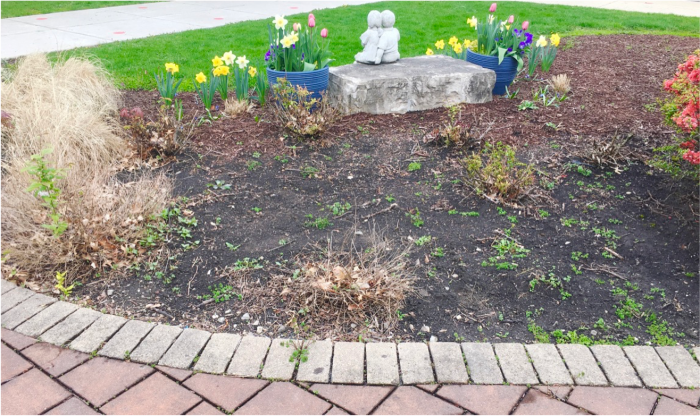
I wanted to plant something that created an experience. A place where you can’t help but smile when you pass by. A magical spot filled with towering zinnias and cheerful coneflowers. As I began to make detailed butterfly garden plans, I decided to take a little inspiration from the Chicago Botanical Gardens.

Then my dream became a reality when wonderful group of PTO volunteers their families came to help me prepare the flower beds and make the new butterfly garden.

First, we planted a new maple tree. We had a tree planting ceremony and had the children help us fill in all the dirt to officially plant our new tree. Then we began to fill the garden with butterfly friendly flowers. Now the front lawn has neighbors stopping, parents gathering and children looking and playing. It has been wonderful to see the change. A once rather lonely spot is now welcomes everyone to come and stay a while.

However, the thing that surprised me the most is how it impacted the sense of community at the school. I have been grateful to hear how happy it’s made other people. Teachers have told me that they love to eat lunch outside near the new garden and that it makes them feel great about the school. Parents have told me how wonderful it is to see the school looking so good and kids have come to help me water and take care of the plants. I never expected that one small garden would touch so many people in such an amazing way.
Have you ever wanted to plant your own butterfly garden? I have gotten lots of questions about the flowers I used to create the school garden so I thought I would share some of my favorite butterfly garden plants.
My favorite butterfly garden plants:
1. Lantana
A full sun and heat loving annual that adds color and continuous blooms. They come in lots of color varieties from cherry red and pink, to coral, orange and yellow. They don’t require deadheading and they are heat and drought tolerant.
2. Rudbeckia and Sage
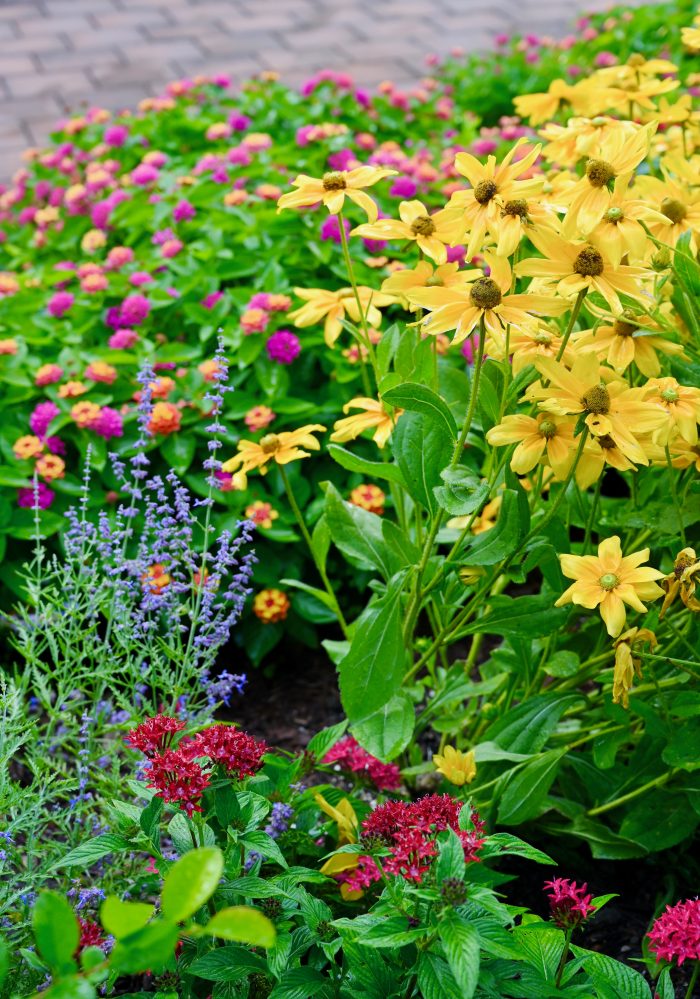
Prairie sun rudbeckias add height and a cheerful daisy like yellow blooms. They are perennials that will come back each spring and the butterflies love them.
Another great perennial is sage. I love the contrast of the purple sage against they yellow and fuchsia flowers.
3. Pentas
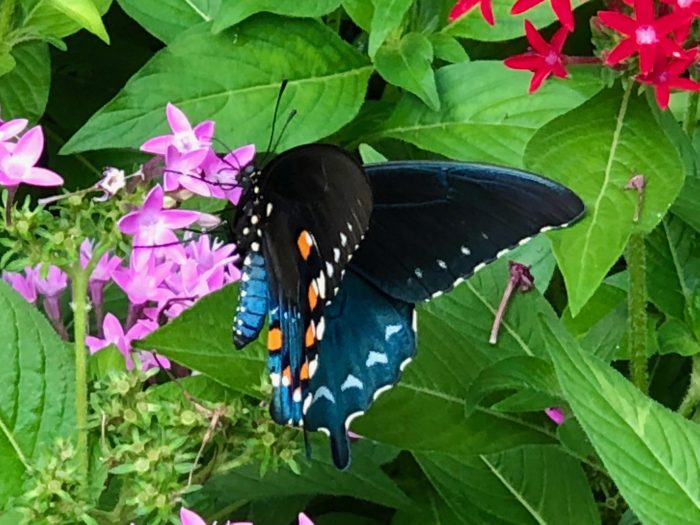
Pentas are great at attracting butterflies and pollinators. They are an annuals in the Midwest but can be a perennial in warm tropical areas. The large star flowers grow in clusters that are easy for butterflies to land on. They come in pink, red, white and purple.
4. Zinnias
My favorite flowers for attracting butterflies and hummingbirds are zinnias. They are butterfly magnets. In the school garden I planted tall pink and purple double zinnias that I grew from seed. Butterflies and birds adore these large zinnia flowers. If you cut the spent blooms they will continue to bloom well into the fall. If you get lots of rain, zinnias can be prone to leaf spot and powder mildew. Keep a look out for any spots on the leaves. I use a neem oil spray on the leaves only, so I don’t hurt the butterflies.

5. Butterfly and Milk Weed

Around the the maple tree I planted butterfly weed and milkweed plants. They are perennials and important flowers for butterflies. Milkweed plants are the only food that Monarch butterfly larvae can eat so I wanted to make sure that I included them in the garden.
I also rounded out the front of the flowerbed with some coneflowers and blue heaven grass. They are both perennials that should provide lasting color and interest into the fall.
Now every time I take my daughters to school, I look at the front flower bed and I smile. I love looking for butterflies and seeing how their beauty has brought happiness to everyone around them. The pandemic has created so many challenges for schools and families over the last two years. This small garden project has exceeded all my hopes because it has sparked so much joy in the school community. I am still surprised by this, but I think I underestimated how much we all long to grow something good. This project has taught me that in a way we are all looking for butterflies and the beauty that can come from working together to change things for the better.

